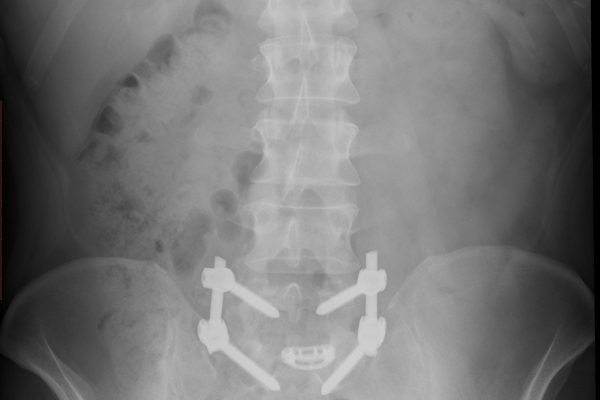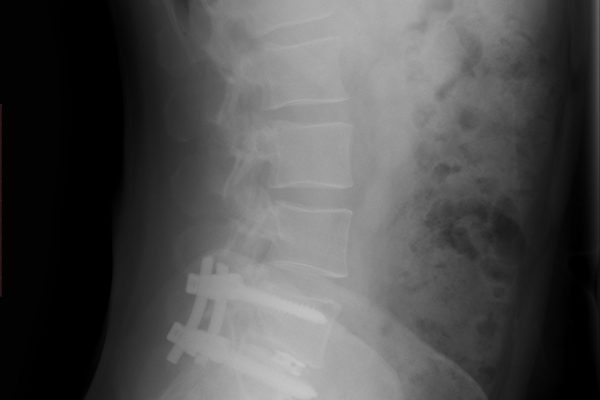What is Degenerative Spine Diseases (Spinal Osteoarthritis) ?
There are joints between our vertebrae, like the knee and hip joints. Calcification, in other words, degeneration develops due to anatomical disorders, trauma, or aging. Consequently, various spine diseases occur. This group of diseases manifests itself generally in advanced ages. There are numerous disorders under this topic. Thus, let us briefly discuss the major diseases:
What is de novo scoliosis?
De novo scoliosis may also be called as adult scoliosis. The patient’s previously neglected or non-surgical scoliosis may progress over time and may lead to severe vertebral problems after 50-55 years of age. Such vertebral imbalances and abnormal vertebral alignments cause pain while walking, progressively shorter walking distances, and impairment of the quality of life. The treatment of such scoliosis is surgery. Surgery should be planned individually, and you may consult which surgical treatment should be made
What is Spinal Stenosis Syndrome?
The vertebra has an annular shape. It consists of the vertebral body anteriorly, and the structures named laminae and pedicules posteriorly and laterally. The spinal cord passes through the space between these structures. Nerve roots come out of the spinal cord through the holes named neural foramina, located on the right and left sides of the segment constituted by two vertebrae. With the narrowing of this canal due to various reasons, the patient’s neurological symptoms manifest themselves. The walking distance becomes shorter, pain severity increases, urinary and stool incontinence begins, and the patient tries to be relieved by leaning forward during walking. The patient’s clinical features vary according to the level(s) of the stenosis. The spinal stenosis syndrome’s treatment is surgical.
TLIF (Transforaminal Lumbar Interbody Fusion)
is among the methods we use to treat narrow canal syndrome. A brief description of the TLIF operation is as follows: after screws are inserted on the vertebrae, the intervertebral disc is wholly evacuated and replaced with a metal cage to fuse the two vertebrae and prevent height loss. During treatment planning, it is necessary to decide according to the patient’s status.


